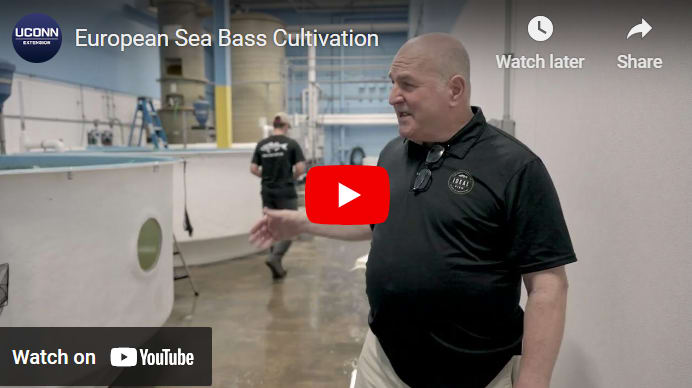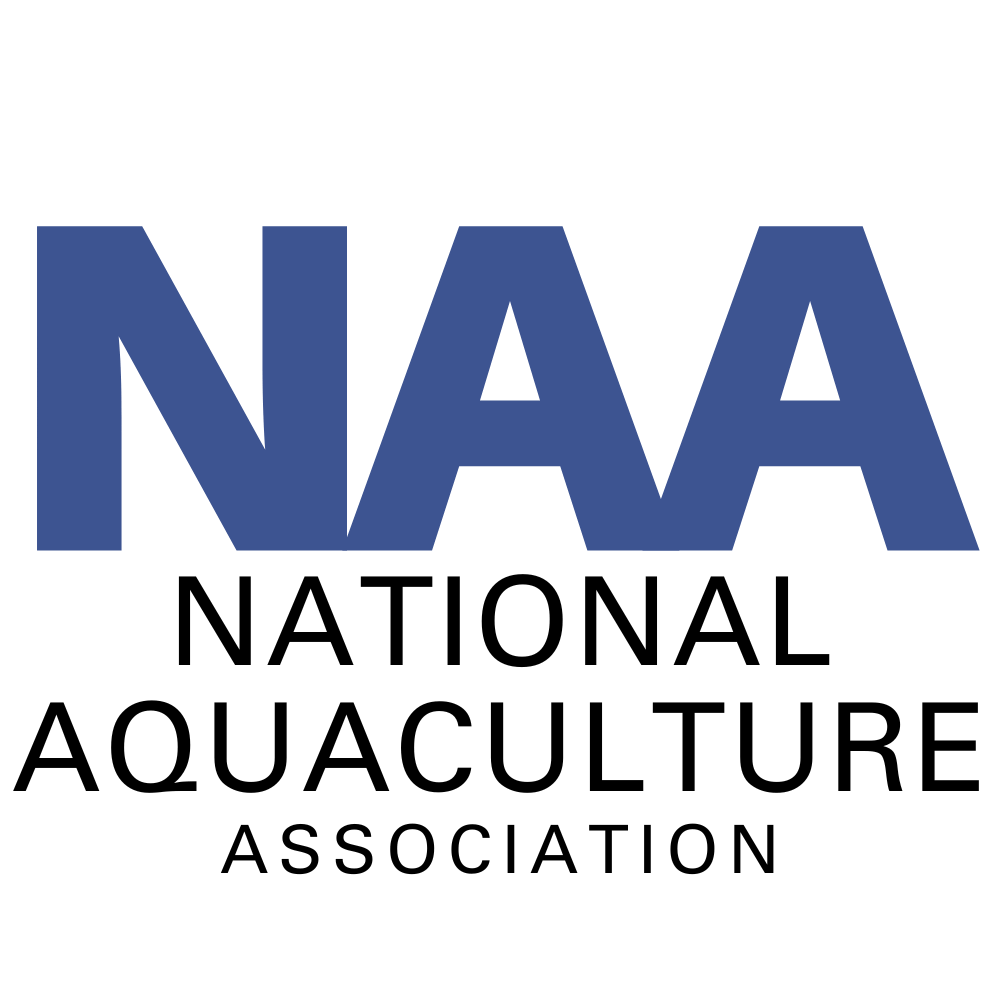
Check Out the Connecticut Aquaculture Video Series!

This year, Connecticut Sea Grant and UConn Extension launched a new video series that showcases the state's aquaculture industry. “Aquaculture shouldn’t be Connecticut’s best kept secret,” says Tessa Getchis, an Extension Educator with Connecticut Sea Grant and UConn Extension. Teachers, resource managers, municipal officials, and others are already using these videos in their classrooms and communities.
We have highlighted a few videos below, but check out the full YouTube Playlist to see a variety of great videos showcasing the state’s aquaculture industry. So far they have produced 13 videos and have several more planned for release in the coming months.
Connecticut might be small in size but they produce a wide variety of aquaculture products! Their primary crop is shellfish, Eastern oysters and northern quahog clams. In addition to an emerging seaweed industry, a number of other marine species are being studied for commercial viability including soft shell clams, surf clams and bay scallops. The state also boasts a large recirculating aquaculture facility that produces European sea bass , several operations that grow trout and baitfish in inland ponds as well as businesses that grow hydroponic plants and marine ornamentals.
Shellfishing History: This video features some of the early oyster processing and shipping methods. The segment features Don Bell of Copps Island Shellfish and his collection of shellfishing artifacts.
RAS Production: This video shows the cultivation process for European Sea Bass. The segment features Eric Pedersen of Ideal Fish, the owner of the state’s first commercial scale RAS finfish facility.
Aquaculture Education: This video features teachers and students from the Marine Science Magnet High School in Groton, CT where they use aquaculture as a teaching tool, and grow several species of fish, corals, and other invertebrates.
